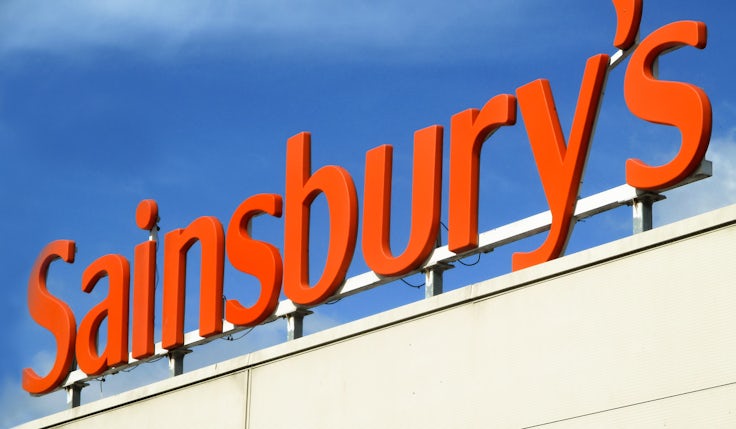Why retailers are using loyalty cards as a promotional paywall
Are retail media networks driving changes to loyalty schemes as shopper data becomes essential to supplier relationships?

The action never ceases on the battleground for shopper loyalty. After Tesco introduced Clubcard Prices last year, ostensibly to offer more immediate and obvious savings to cash-strapped customers, its closest rival has followed suit.
Sainsbury’s is now offering Nectar Prices to holders of its loyalty card. Nectar-enabled shoppers online or in supermarkets – but not, at least yet, in Sainsbury’s forecourt or convenience stores – can access deep price cuts, some of up to 50%, on more than 300 items across several categories. Sainsbury’s says more products will be added to the scheme over the coming months.
The supermarket is among a host of retailers following the trend, started by Tesco, to limit access to the vast majority of its price promotions to those shoppers who have joined its loyalty scheme.
“Sainsbury’s introduction of unique discounts for Nectar members follows Tesco and Asda’s focus on providing competitive pricing with their loyalty schemes. These measures have become more common as consumers continue to switch from the traditional grocers to discounters Aldi and Lidl, in response to the high food prices that persist in the UK,” says Joe Dawson, associate retail analyst at Globaldata.
“While Sainsbury’s new scheme may help it to avoid losing market share, the grocer’s reputation as a more expensive supermarket will dilute the effects of the discounts, and it risks alienating shoppers who do not wish to become members and so will not receive the discounts. The prevalence and accessibility of loyalty schemes will also see consumers subscribing to multiple grocers’ offerings, rather than sticking to one, reducing the potential benefits for individual supermarkets,” he adds.
Instant savings
It is not just supermarkets that are reshaping their loyalty strategies. From next month, Boots Advantage Card holders will get a 10% discount on the retailer’s own-brand products, again in-store and online. The number of loyalty points that scheme members get for purchases falls slightly, while deeper specific discounts – some worth up to a third of the cost of a product – are in the pipeline.
Why Boots is overhauling its loyalty scheme with its ‘biggest ever’ investment in price
Boots CMO Pete Markey told Marketing Week the changes reflect an evolution in consumer behaviour: instead of saving up points to use for a big purchase, shoppers are cashing them in more often to reduce their shopping bills.
So are these changes what customers want? To an extent, but those who had been resisting joining loyalty schemes may not be especially willing participants.
“Purely on an economic level you would be silly not to have a Clubcard,” says IGD global insight leader Bryan Roberts. “I think a lot of people have grudgingly taken up these loyalty cards because they don’t want to needlessly spend money.”
It’s got a lot more transactional – use this card or you can’t have the low prices, not thank you for remaining with us.
Bryan Roberts, IGD
If that is the case then the retailer strategy is arguably achieving its goal.
“One of the real drivers of this is retail media. Everyone has established a retail media business or proposition. Tesco, Sainsbury’s, Morrisons, Boots. To do that and make that a compelling proposition for suppliers – aka advertisers – requires a loyalty penetration as high as humanly possible. One way of doing that is to encourage loyalty card usage by making certain discounts only available to members,” says Roberts.
The strategy has certainly worked for Tesco. Roberts credits moves such as putting lunchtime meal deal offers ‘behind’ the Clubcard as driving the loyalty scheme’s penetration to new levels, as its retail media network grows.
How long customers remain convinced by this gated access to promotions they used to take for granted is another matter.
“In the purest sense, loyalty schemes should be a way of saying thank you to a customer for remaining loyal. I do worry that this reward aspect is being diluted. It’s got a lot more transactional – use this card or you can’t have the low prices, not thank you for remaining with us,” says Roberts.
Those grocery customers who aren’t happy with that deal may join the growing numbers who shop at Aldi or Lidl.







Comments